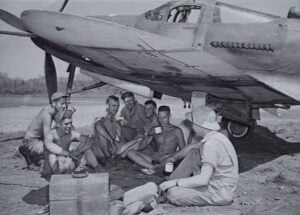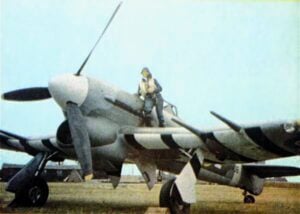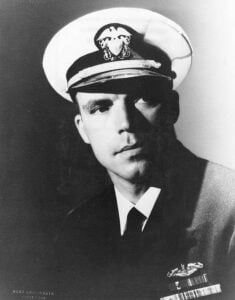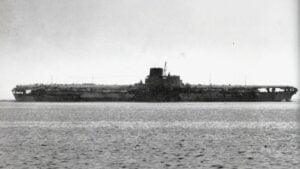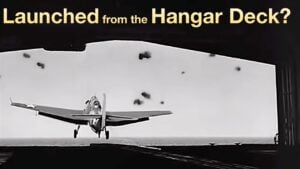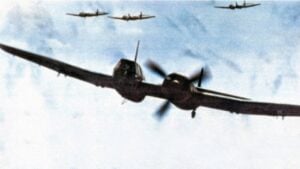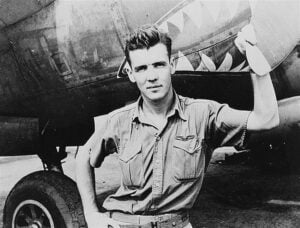Fokker Dr.I Triplane Takes Flight Again at Old Rhinebeck Aerodrome After Restoration
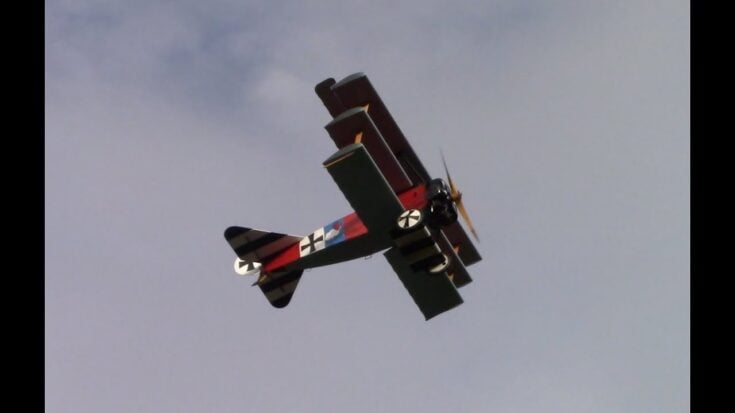
YouTube / Vintage Aviation News
The Fokker Dr.I that thrills weekend crowds at Old Rhinebeck Aerodrome is flying again. On October 18, 2026, chief pilot Clay Hammond returned the museum’s triplane to the sky after a careful overhaul that replaced its worn wings and refreshed its fabric and paint. The revival keeps alive one of the most iconic silhouettes of World War I aviation.
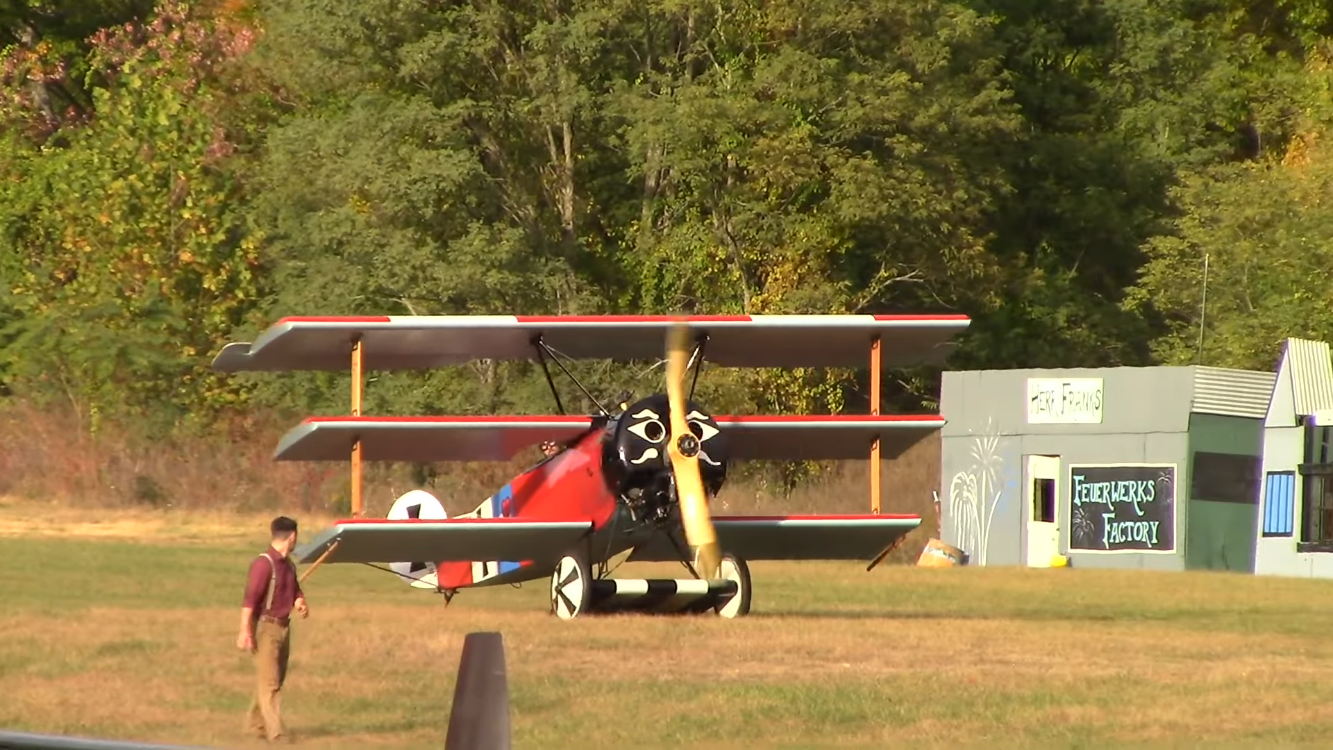
A hands on restoration
Volunteers led the restoration. Tom Polapink, who helped manage the project, said the work was essentially a new build of the wings. Dana Narcunas constructed the new wing assemblies while Aerodrome volunteers handled the covering and finish. Brian Coughlin, Dave Trost and Mark Mondello all contributed to the covering and painting. The result is a triplane ready for frequent flight demonstrations and film work.
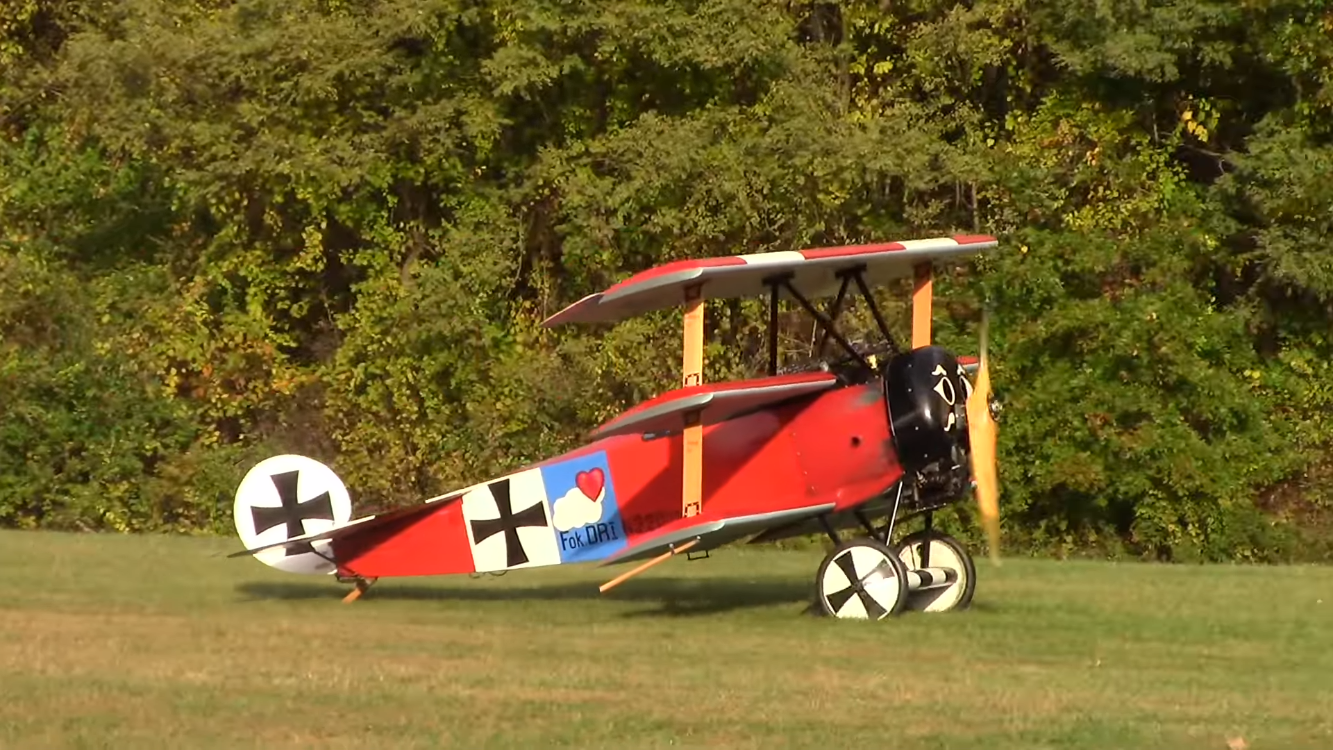
Why this Dr.I matters
The Fokker Dr.I is best known as the mount of aces like Manfred von Richthofen and Werner Voss. Its staggered three-wing layout gave it remarkable maneuverability and a sharp rate of climb. The original German fighters could be fragile when poorly finished, but this replica was built for reliability. Hank Palmer and Louis Wilgus constructed the airframe and fitted a modern 220 hp Continental W-670 radial engine to make it suitable for regular public flying.
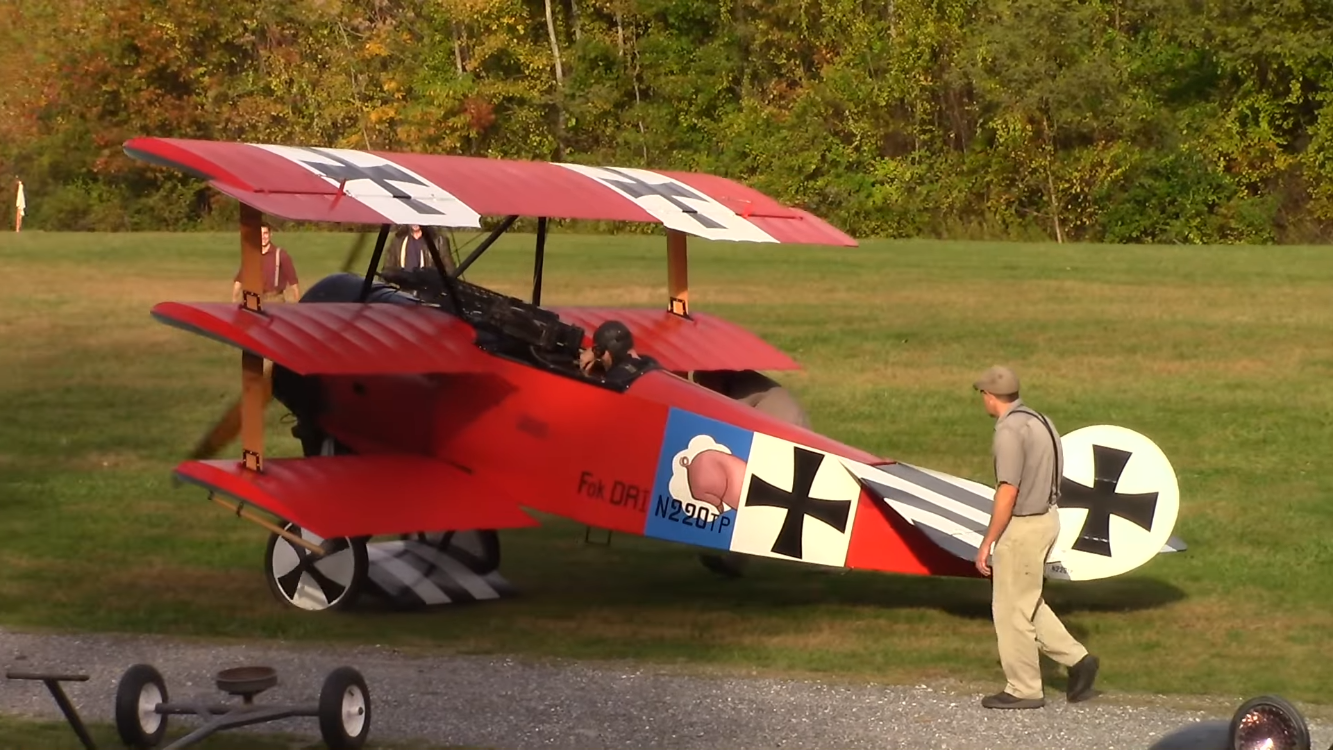
A storied past
Cole Palen, Old Rhinebeck’s founder, bought the triplane in 1987. He famously ferried it from Florida to New York, touching down on grass strips along the East Coast and flying past the Statue of Liberty. The aircraft’s builders say the wheels may be original German World War I components, a rare physical link to the era the replica honors.
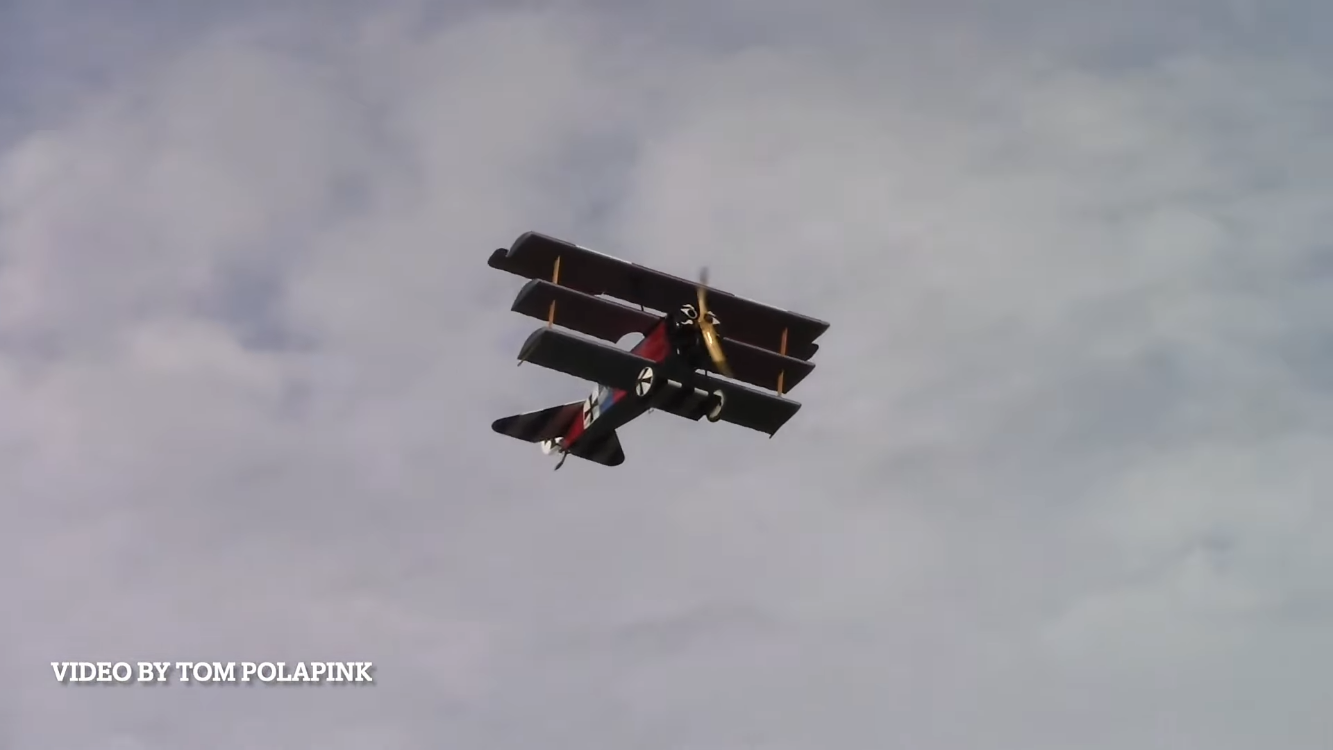
Keeping history airborne
Old Rhinebeck’s triplane is more than a museum piece. With the new wings and meticulous volunteer work, it will keep educating and thrilling visitors for years to come. The restoration is a reminder that preserving flying history takes patience, skill and a dedicated team willing to rebuild parts of the past so the public can see them in action.














